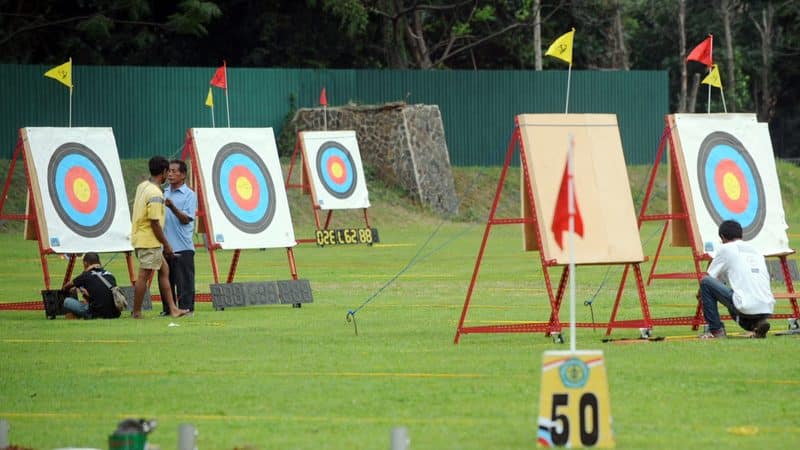In the serene, hilly landscape of Meghalaya, a game unlike any other takes place as the sun sets.
This is Teer, a fascinating fusion of archery and chance that has evolved from a traditional tribal
practice into a daily phenomenon for locals. It's not just a game—it’s a blend of history, culture,
community, and fortune.
What is Teer?
Teer, meaning "arrow" in Hindi, is a game rooted in archery. It is officially regulated by the
Meghalaya government, taking place mostly in Shillong, with licensed clubs overseeing its
conduct. The game draws thousands, with players placing bets on numbers based on the arrows
shot during an archery session.
Here’s how it works: Players select a number between 0 and 99 and bet on it, hoping to match
the number derived from the number of arrows that hit the target. It’s a captivating mix of skill
and unpredictability—each arrow shot adds an element of suspense.
How Teer Works
Teer unfolds in two rounds each day. Players place their bets before noon, choosing a number
between 0 and 99 based on dreams, numerology, or intuition. A bet can cost as little as ₹1, with
payouts in the range of ₹80-90 for the first round and higher for the second. Many players bet on
both rounds, hoping for a double win.
The Archery Event
The archery contest takes place on a special Teer ground. Fifty archers shoot 30 arrows in the
first round and 20 in the second. After the arrows are shot, the number of arrows hitting the
target is counted, and the last two digits of this number determine the winning number. So, if 768
arrows hit the target, the winning number would be 68.
Results are usually announced by 3:30 PM for the first round and 4:30 PM for the second, and
they are posted online and on notice boards for players to see.
The Cultural Significance of Teer
Teer is more than a betting game—it’s a vital Teer Results part of local identity. For many
communities in Meghalaya, particularly the Khasi and Jaintia tribes, archery is a significant part
of their history. What began as a means to showcase hunting skills has evolved into a sport and
betting system deeply embedded in local culture. For the people of Meghalaya, Teer isn’t just
about winning money—it’s about connecting with tradition, with others, and with a daily ritual
that defines their lifestyle.
The Role of Dreams and Numerology
One of the most intriguing aspects of Teer is the belief in dream analysis. Players often interpret
the symbols from their dreams—whether it’s a Juwai Teer Result snake, wedding, or
tiger—and associate them with specific numbers, creating a mystical atmosphere around the
game. Dreams, numerology, and local folklore combine to give Teer a spiritual dimension that
elevates it beyond the ordinary.
For instance, dreaming of a snake might lead to betting on 17, while a wedding dream might
correspond to 06. This blend of superstition and strategy makes the game as much about belief as
it is about chance.
Teer in the Digital Age
As the world becomes more digital, Teer has followed suit. While the betting is still largely
offline, the results are now accessible online through websites and mobile apps. Teer enthusiasts
can track results, view predictions, and connect through social media and WhatsApp groups,
where tips, theories, and success stories are shared daily.
Legal and Ethical Considerations
Teer is one of the few legal betting games in India, regulated by the Meghalaya Amusement and
Betting Tax Act. While this provides structure, concerns still exist about the risks of gambling,
particularly for low-income individuals. Some worry about addiction and financial hardships, as
players may wager beyond their means.
The government has taken steps to ensure transparency in the game, prevent underage
participation, and educate people about responsible gambling. However, as with any form of
betting, players must be cautious and understand the odds before getting involved.
Conclusion
Teer is more than a simple game. It’s an integral part of Meghalaya’s cultural fabric, blending
the ancient tradition of archery with the unpredictability of luck. It’s a daily ritual, an economic
activity, and a spiritual journey for many. From the tribes of Meghalaya to the modern-day
players, Teer represents a unique intersection of skill, chance, and community.
